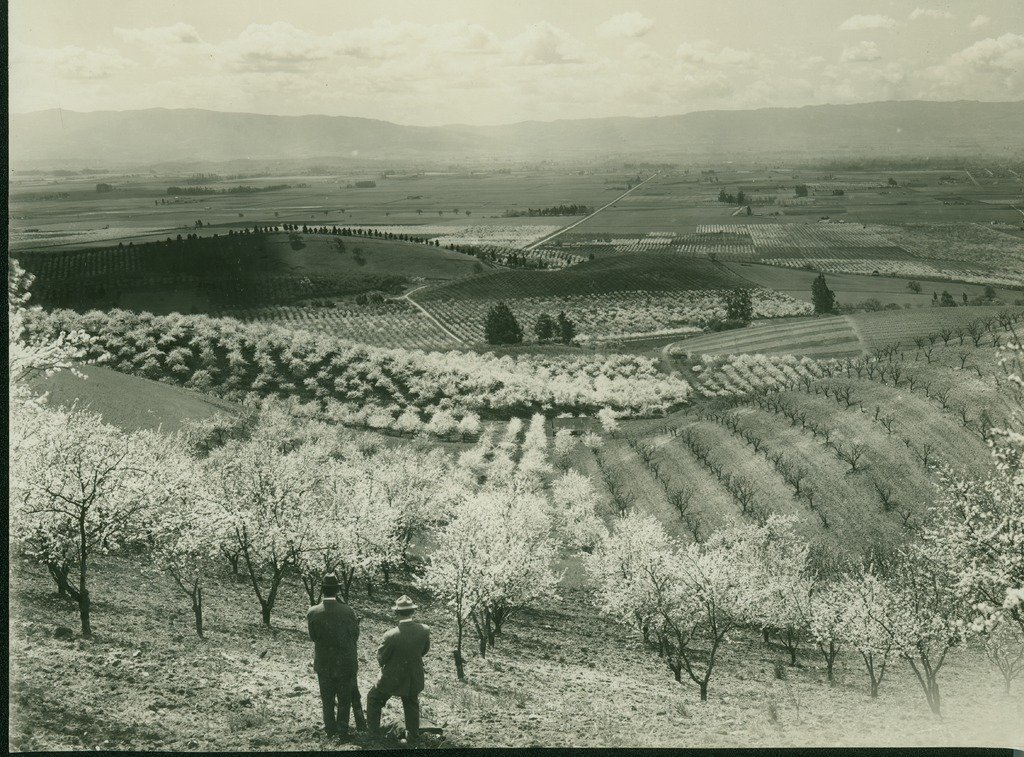Background
/In the 1850s, only four years after discovering gold, Chinese immigrants became the largest minority group in California, making up nine percent of the state’s population. Those that immigrated to the West traveled from their home in the southern region of China. They came from villages such as Kwangtung province in search of the Gum San dream, Gold Mountain. A large number of Chinese immigrants mostly included men of working age, making their presence an important part of the labor force in California. By the 1870s Chinese men were contributing to the development of the Bay Area in manufacturing and agriculture. In downtown San Jose, a Chinatown developed where it was the center for cultural activities, business, recreation, employment, and temporary shelter for the larger Chinese community in the region.
In 1910, population numbers started to change in the Chinese population due to old age, immigration legislation, and anti-Chinese violence, and with this decline in the population, the Valley started to see more Japanese (Issei) immigration to America in the West. The Japanese immigrant’s American dream was to own a piece of land, farm it and settle with a family. In the early 20th century, more than half of the population was either farm owners or farm workers, an agricultural change that worried the white farmer.
As you read these stories, you will see two terms used to identify two generations of Japanese farmers. The first is Issei, the Japanese language term used to identify the first generation to immigrate to America, and the second is Nikkei, the Japanese language term used to identify American born with Japanese ancestry. While the Japanese developed two terms to identify the generations in America, the migrant Filipino would become known as Ilokano, named after the Ilocano provinces in northern Luzon in the Philippines. The Ilocano provinces were home to struggling farmers in densely populated areas where it was difficult to carve land tenancy. Between 1907 and 1929, over sixty thousand Filipinos emigrated to the Hawaiian Islands, and during this time, the mainland would also start to become a new home to Filipino migrants. Thousands of Filipino migrants would arrive in the Santa Clara Valley to work in agriculture during the late 1920s and 1930s, providing labor needed once the Chinese and Japanese workers had been excluded.





















